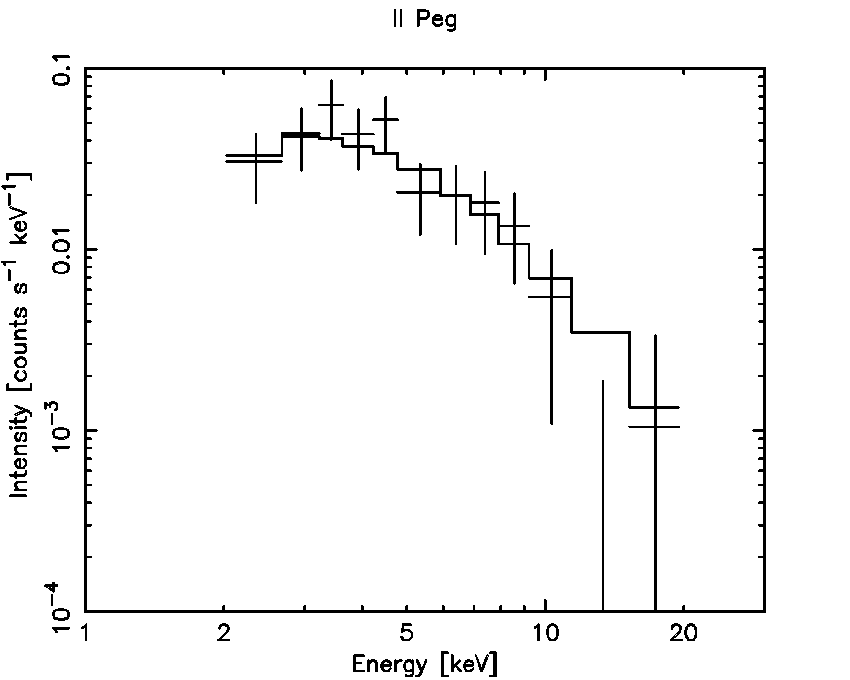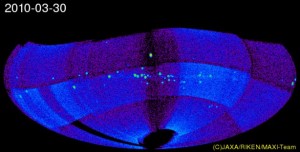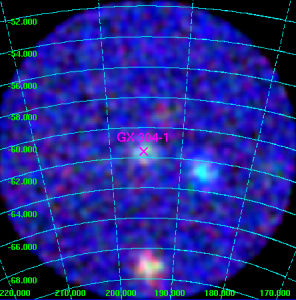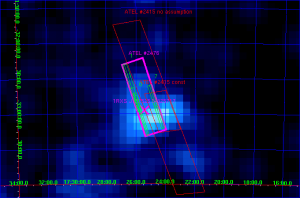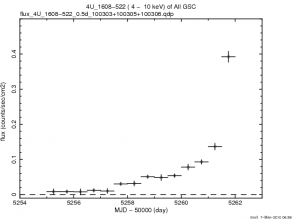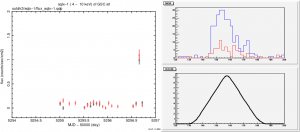MAXI/GSC detected an X-ray brightening of the LMXB 4U 1608-522.
The figure shows the light curve of this source in 4 – 10 keV band,
which was made by image fitting method currently in development. Please
be careful about data points before the detection of the flare on March 2
(MJD 55257), because the cause of the baseline offset is not completely
understood. Nonetheless, the increase of the flux must be true. We have
reported the news to Astronomers Telegram #2462.
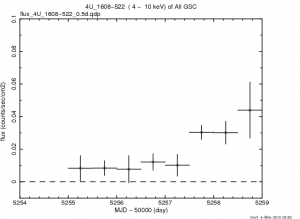
To be frank with you, we made a mistook about author list, when we post the telegram. The author list should be as follows:
M. Morii (Tokyo Tech), H. Negoro (Nihon U.), M. Suzuki (JAXA), Y.
Ueda (Kyoto U.), M. Matsuoka, K. Kawasaki, S. Ueno, H. Tomida, M.
Ishikawa (JAXA), T. Mihara, M. Kohama, Y.E. Nakagawa, M. Sugizaki, T.
Yamamoto, T. Saotome (RIKEN), N. Kawai, K. Sugimori (Tokyo Tech), A.
Yoshida, K. Yamaoka, S. Nakahira (AGU), H. Tsunemi, M. Kimura
(Osaka U.), M. Nakajima, S. Miyoshi, H. Ozawa, R. Ishiwata, (Nihon U.),
N. Isobe, S. Eguchi, K. Hiroi (Kyoto U.), A. Daikyuji (Miyazaki U.), A.
Uzawa, T. Matsumura, K. Yamazaki (Chuo U.) report on behalf of the MAXI
team
